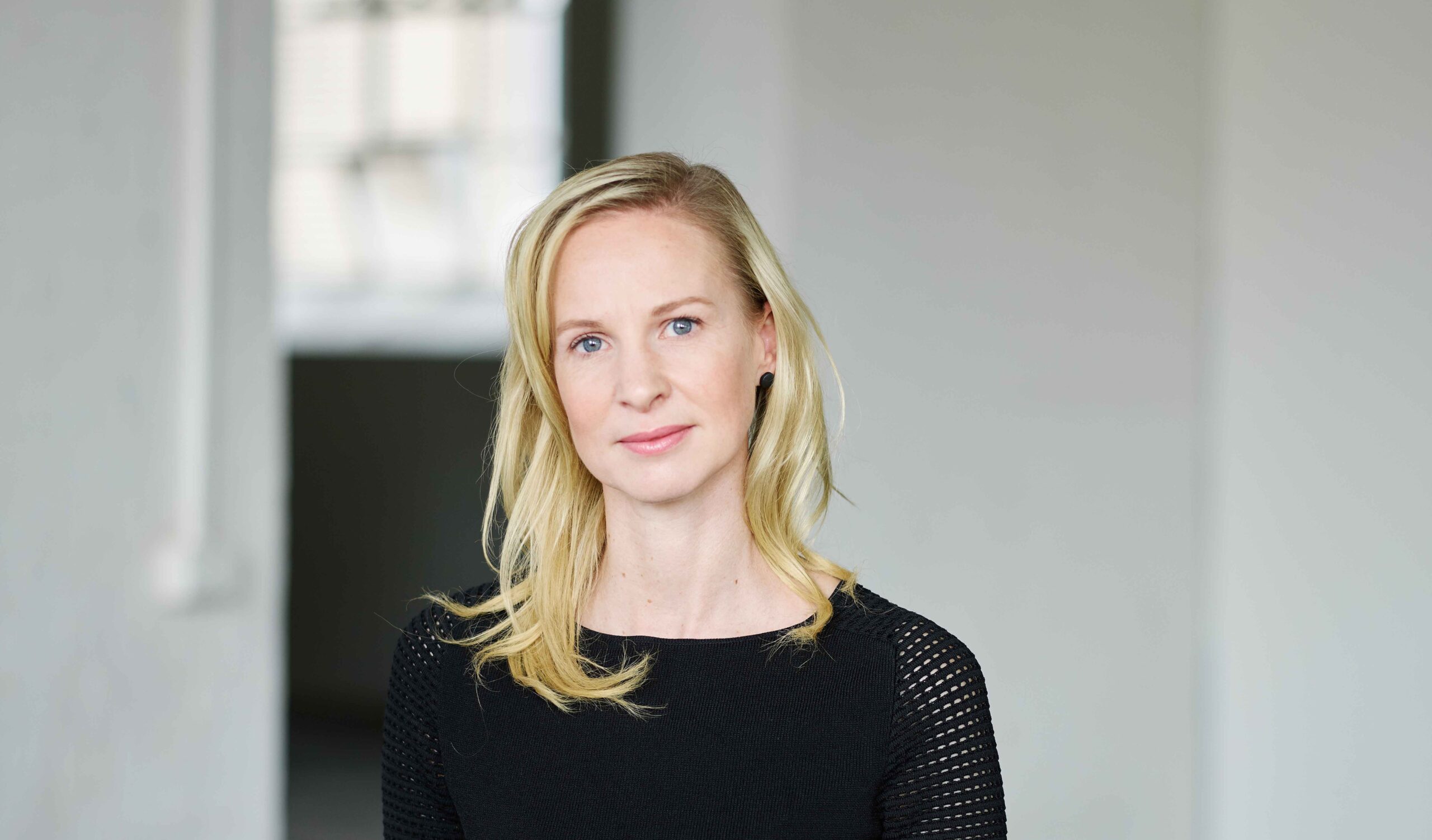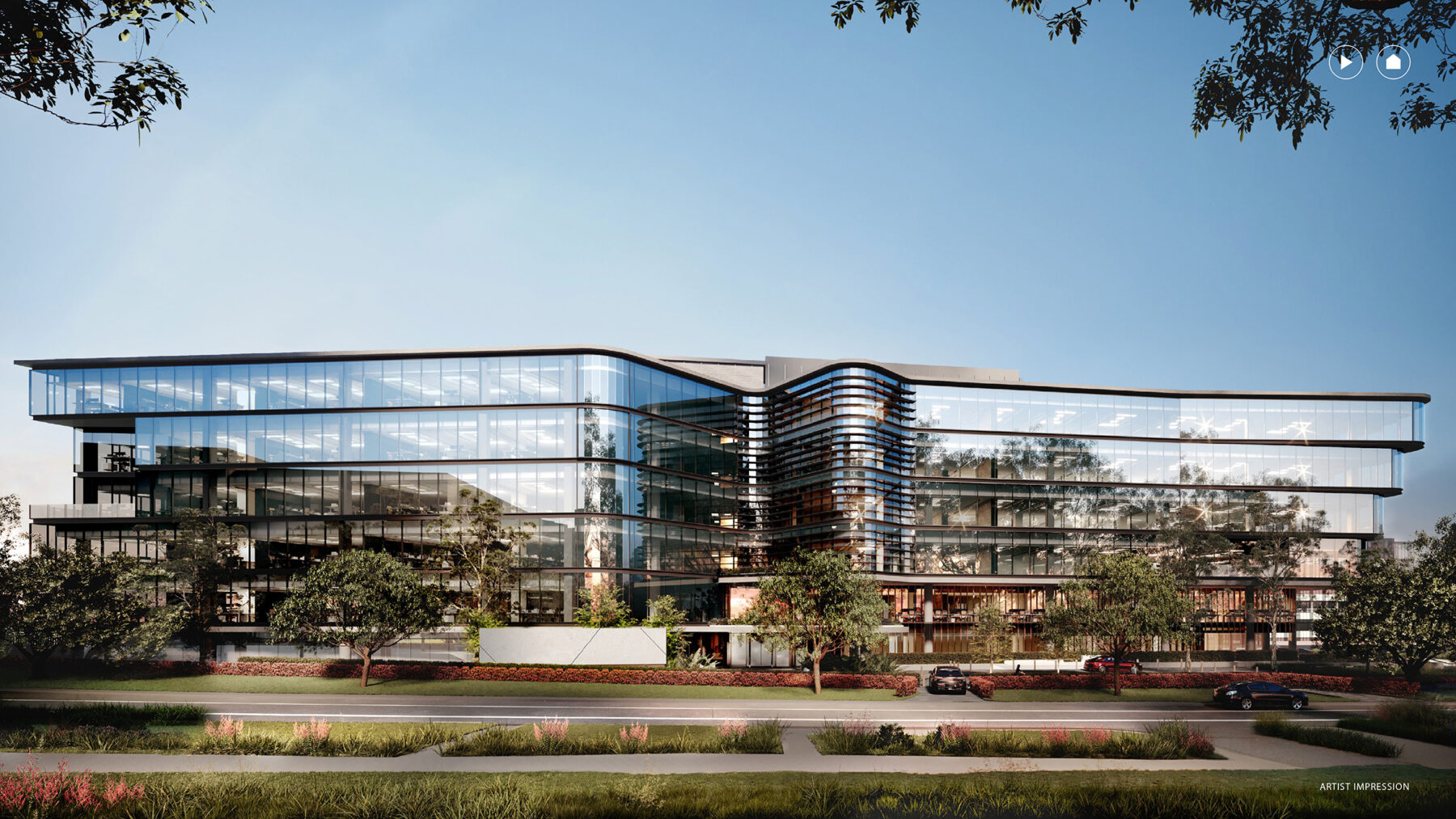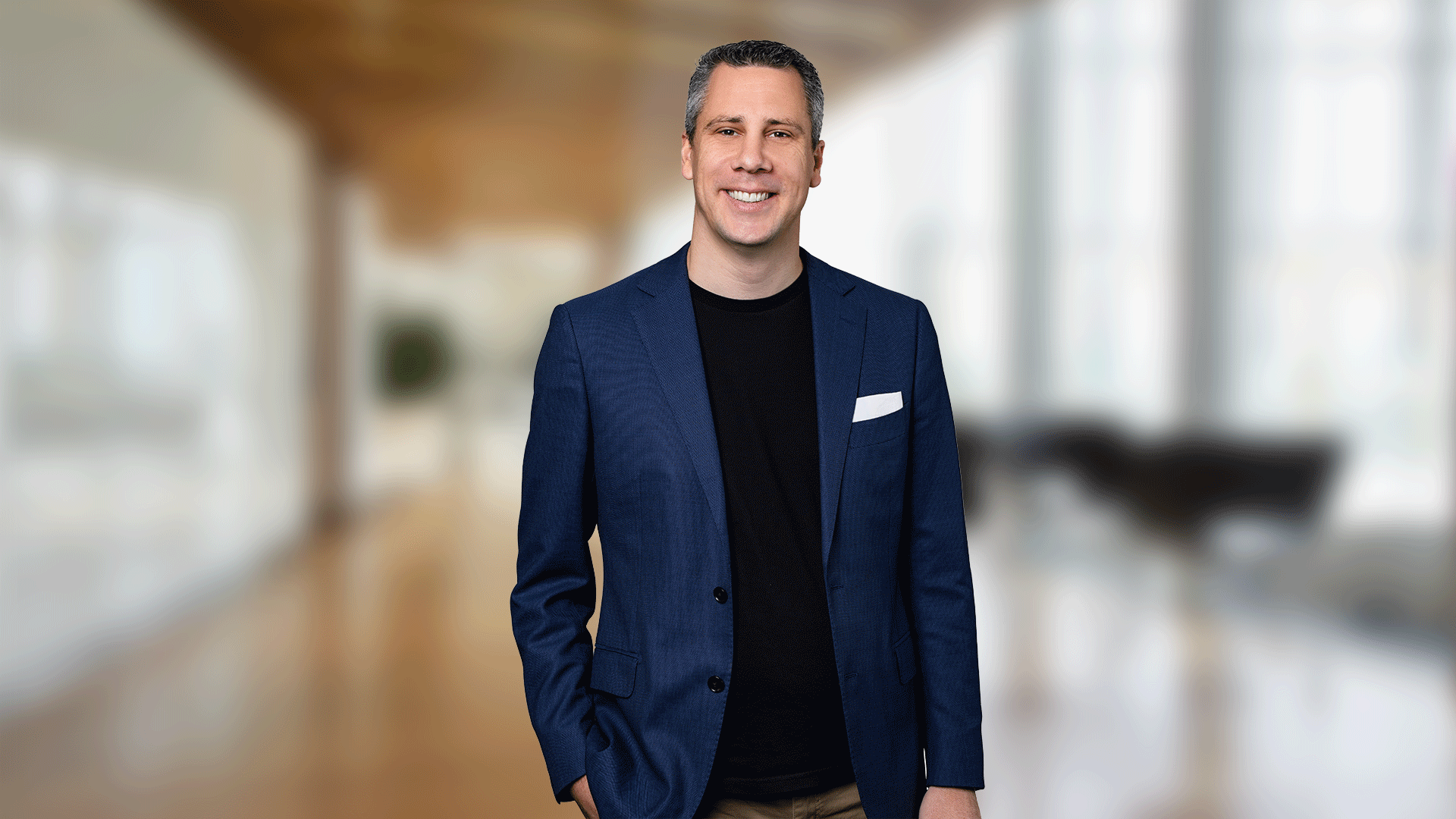
We’ve just gone live with CBRE’s first The House View podcast for 2025 featuring our Australia & New Zealand CEO Phil Rowland and Head of Research Sameer Chopra.
In this quarterly podcast series, Phil and Sameer examine the opportunities, risks, and challenges in the Australian property sector. In case it’s of interest, included are a few outtakes from the Q1 episode on the concept of ‘exceptionalism’, the overall investment outlook, the buy vs build conundrum, and Phil and Sameer’s 2025 predictions, including their thoughts on the return to office push. You can listen to the full podcast here.
THE CONCEPT OF ‘EXCEPTIONALISM’
This relates to the continued market divide between the strong rent and capital growth in premium, well located assets and the much slower gains elsewhere.
Sameer: “We expect pockets of exceptionalism around premium assets that are well located. In these markets we think rent and capital value growth could comfortably exceed mid-teens this year. For the remainder of the commercial and residential market, we’d expect rents will be broadly flat to low single digits and capital growth to be flattish. So, you’ve got about a quarter of the market that is exceptional and just leaves the rest behind.”
Sameer notes that the concept of exceptionalism is most stark is in residential markets: “Properties in Sydney, in Melbourne, in Brisbane that already have a high median value have experienced significantly faster growth over the last 10 years compared to their more affordable counterparts. In many cases, this capital value growth for these higher value properties is at twice the rate of their market wide counterparts.”
THE OVERALL INVESTMENT OUTLOOK
With commercial investment activity across Australia up 34% year on year in 2024, what’s the expectations for this year?
Phil: “We saw a particularly strong deal flow in office and retail. And the investor base appears to be gaining confidence that we’re past peak interest rates through the bottom of the cycle, and that capital values are now at more attractive levels. And interestingly, our latest Asia Pacific Investor Intentions survey showed that Sydney and Melbourne are placed number #2 and #7 respectively as desired destinations for cross-border investors in APAC as they’re keen to pursue value add strategies in the region.”
The survey shows that while industrial & logistics has enduring appeal, office is now starting to gain traction. Within alternatives, surveys are showing investors favour healthcare, then data centres, and then private credit.
BUY VS BUILD
Phil and Sameer explore how construction costs, which have increased by around 40% since 2020, continue to impact development returns, feasibilities and new supply. This is creating a widening gap between property sale prices and building replacement costs.
Sameer: “There’s a 30% gap right now between replacement costs and the prices of recently traded stock in the Sydney CBD. For example, replacement costs are around $31,000 a square metre and transacted prices are below $22,000 per square metre. So, you’ve got this gap – jaws, as I call it – and the jaws are getting even wider when you move away from Sydney CBD to other locations, and particularly as you move away to other cities.”
2025 PREDICTIONS
Tune in to hear Phil and Sameer’s views on the 2025 interest rate outlook, likely cap rate compression and whether leasing volumes will improve.
They also discuss their thoughts on return to office trends.
Sameer: “There’ll be a lot more pressure for five days return to office in some sectors, particularly financial services and government. I’m talking about requirements where branch staff and essential workers need to be in person compared to their colleagues in head office. I just wonder through the course of this year, if we start to get more parity across these workforce types.”
Phil: “Many organisations have very diverse workforces, diverse personas, so I think it’s a real consideration. I also think that we’ve turned a corner on the importance of the office. There’s really strong conviction now that despite flexible work patterns, the office is a critical central point of an organisation. And this rebalancing that we’ve been seeing is grounded in the simple fact that organisations and people are more effective when they’re physically together.”



